Renovating your home can be a profitable and enjoyable process. But doing the upgrades yourself without much experience can be the exact opposite. Making fundamental mistakes can prove to be an expensive and stressful exercise. Flooring is one of those tasks that looks fairly simple, but to do the job properly, it takes experience, skill and the avoidance of these rookie mistakes.
Bryan Baeumler is one of HGTV Canada’s go-to contractors and the host of Bryan Inc., House of Bryan and Leave it to Bryan.
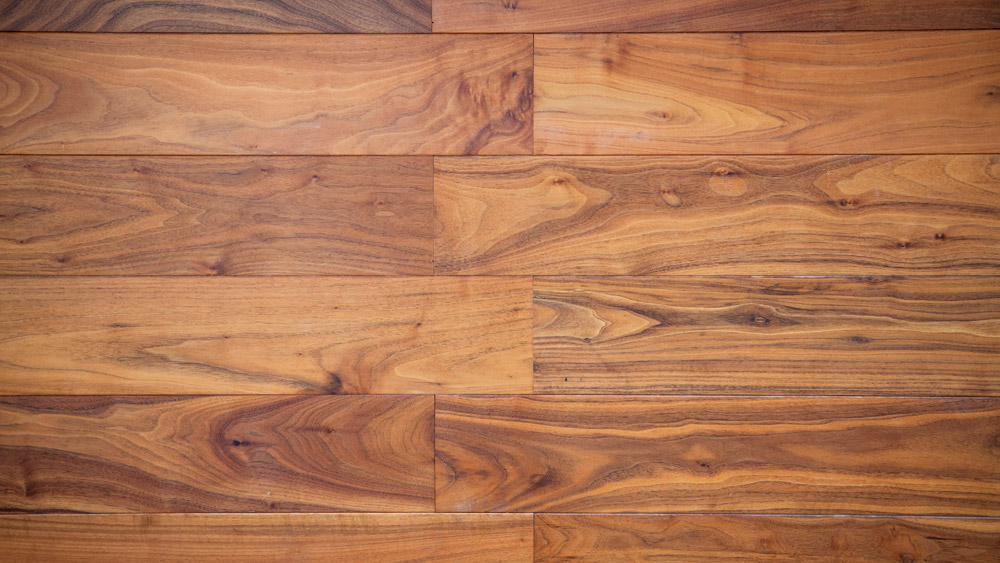
Buying Cheap Material
Flooring costs might be the aspect of the project that surprises you most. Hardwood isn’t cheap, and although there are some good laminates out there, my advice is to opt for quality. Hardwood is long-lasting and will add value to your home, so make room for it in your budget. Here’s a detailed breakdown on Common Flooring Renovation Costs.

Overestimating Your Skill Level
Labour is a costly part of any renovation, and it can be tempting to take on the job yourself to save valuable dollars, but doing this without the appropriate skill level and expertise can cost you more. Laying hardwood requires a certain level of carpentry skills, whereas laminate and engineered hardwood are fairly simple. My advice is to work with someone who has more experience, and learn from them for the next time.
See here for 8 Home Improvement Projects You Should Never Do Yourself.
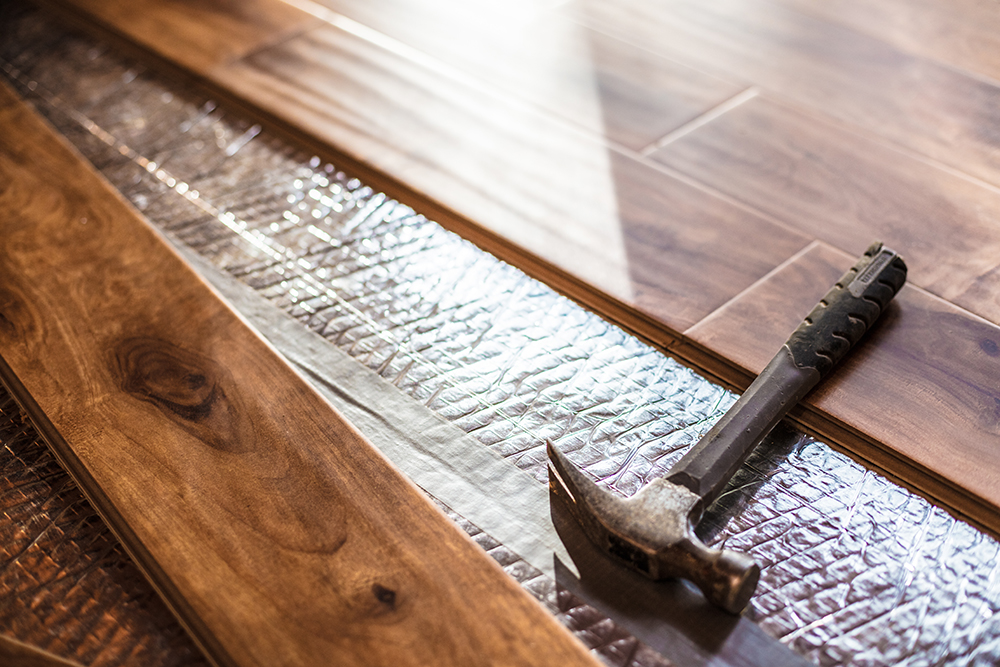
Underlayment Confusion
The proper underlayment depends on the job at hand – that’s why it can be a little confusing. Depending on the type of flooring you’re installing and the condition of your subfloor, underlayment might not be needed. Do your research or ask an expert before you tackle this step.
Read more: Bryan Baeumler Reveals 12 Biggest Reno Blunders Homeowners Always Make.
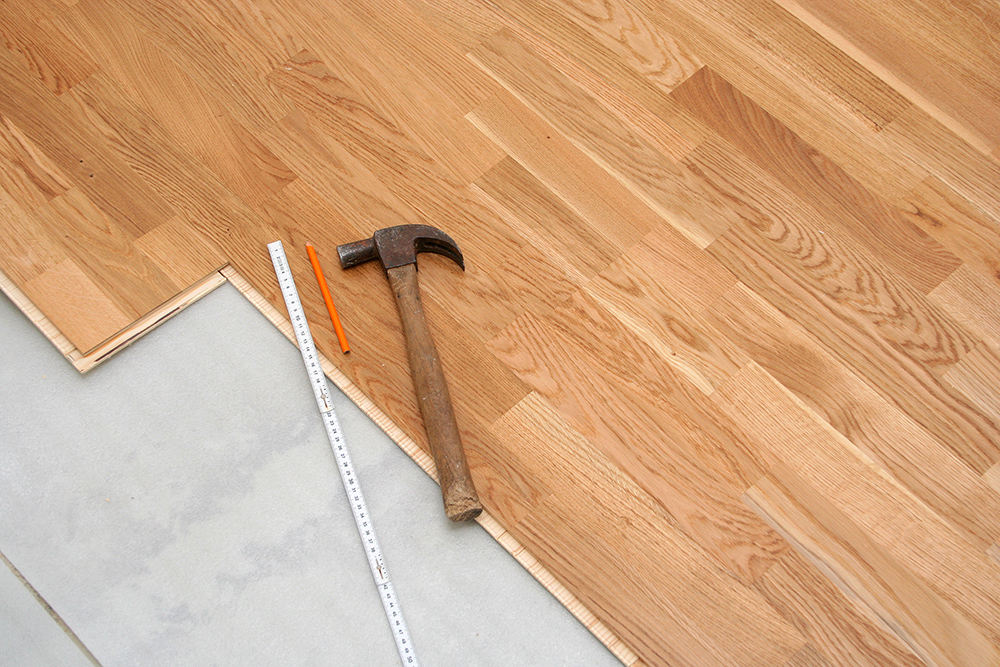
Poor Planning
Proper planning is essential, and the majority of mistakes I see come from those who just “get on with it” or think “it can’t be that hard.” You need to measure the space you’re working on, determine the square footage, and then add 10 to 15 percent. This will give you the amount of flooring you need.
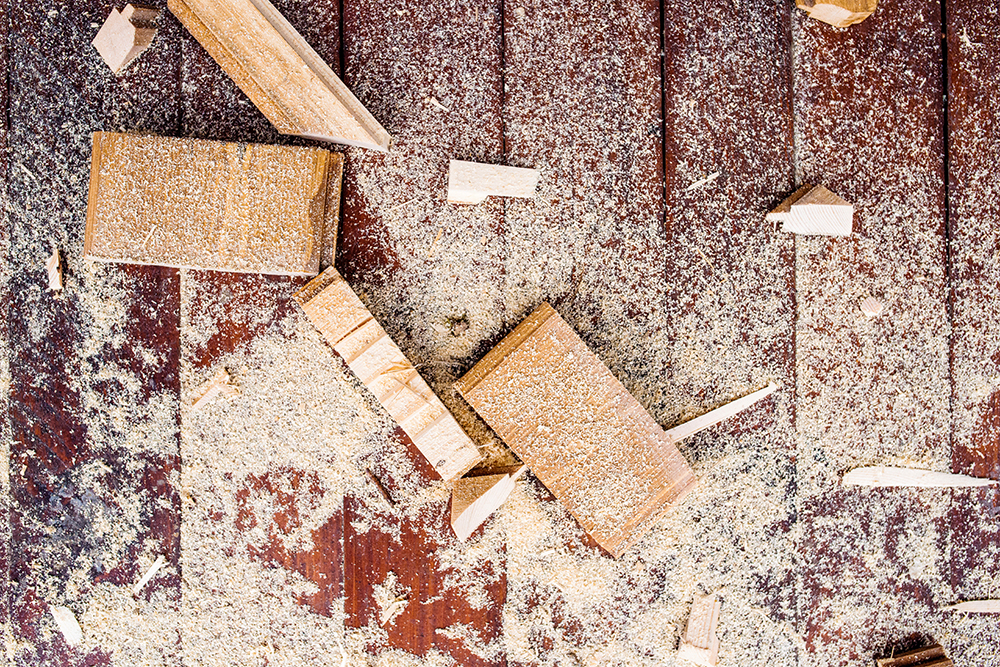
Making Inaccurate Cuts
One of the reasons you need to purchase an extra 10 to 15 percent of material is to account for inaccurate cuts. It will happen, but to reduce the frequency, make sure you are using the correct tools. If you’re dealing with laminate or hardwood, always measure from the edge of the board and not the tongue, and always mark the waste side with an “X” so you know which piece is which.
Here are 10 Things Bryan Baeumler Wishes He Knew Before Starting His Career.
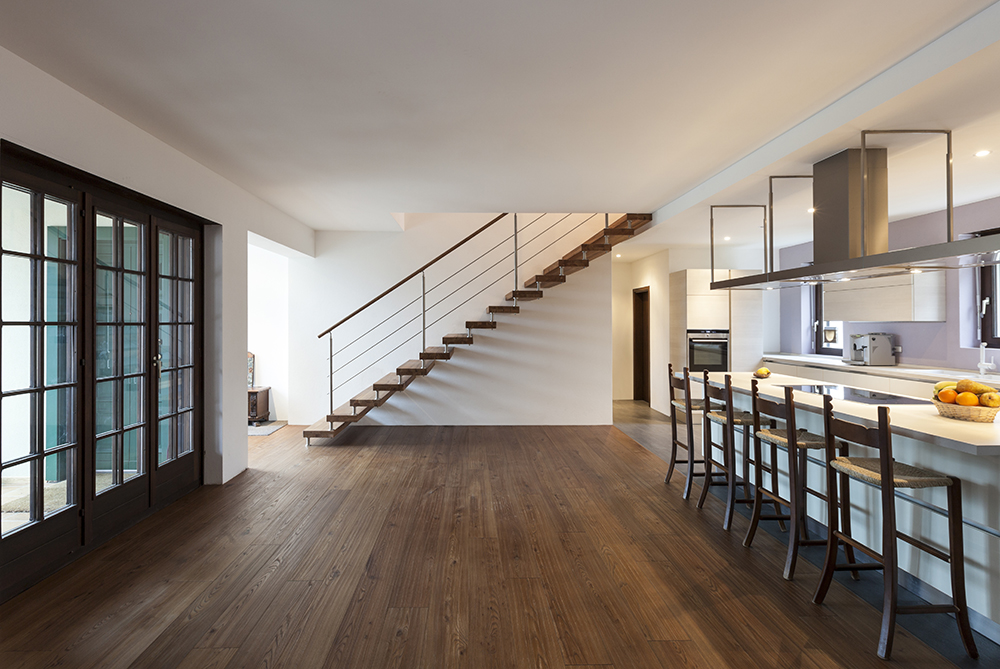
Forgetting Transition Strips
When installing wood floors across several rooms, transition strips are a must. These pieces are used to join two areas and need to be glued or nailed down. The strips help to reduce movement and potential buckling after installation.
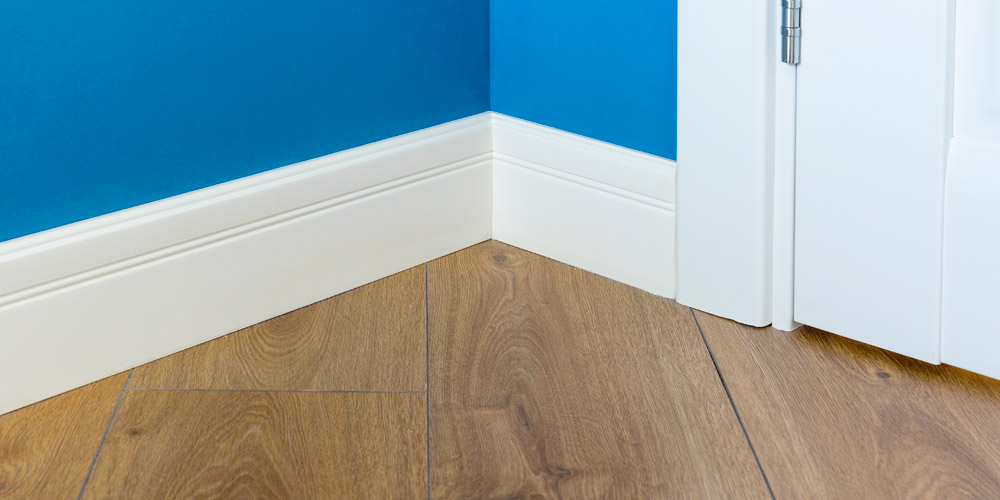
Incorrect Hardwood Installation
Installing hardwood can be a tricky job, especially if the room you’re working on has awkward nooks or angled walls. Read up on hardwood installation before you attempt it. You should plan before you begin and have the appropriate tools to complete the job.
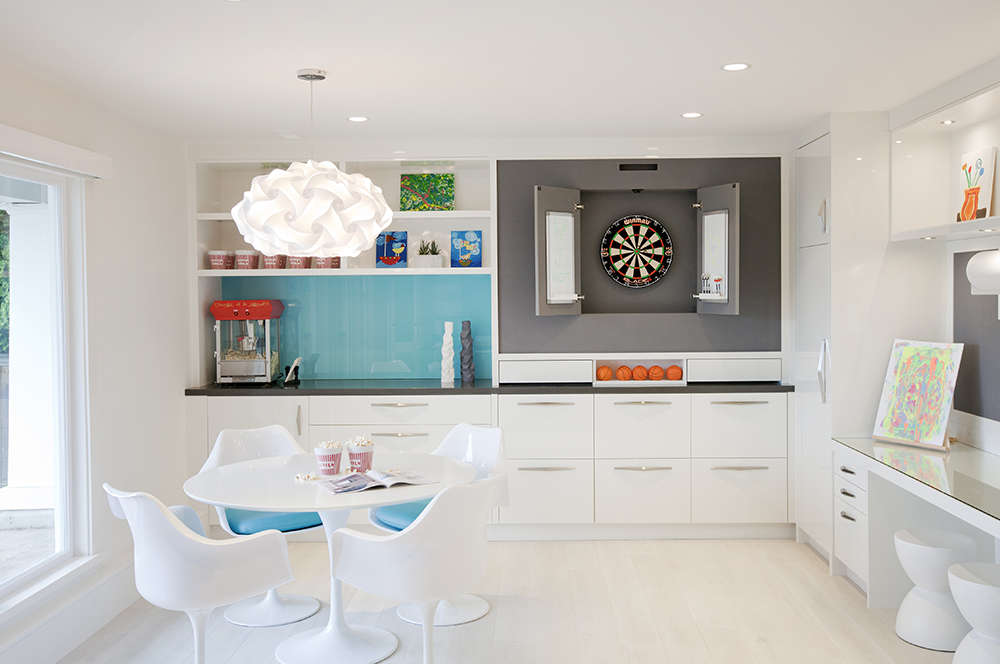
Using Hardwood in a Basement
Hardwood is the best quality wood flooring you can get, but it doesn’t belong in the basement. The temperature fluctuations mean the hardwood will contract and expand more dramatically. I would suggest using laminate or engineered hardwood in a lower level – this will also reduce costs in case of flooding.
See here for 20 Clever Ways to Increase the Value of Your Basement.
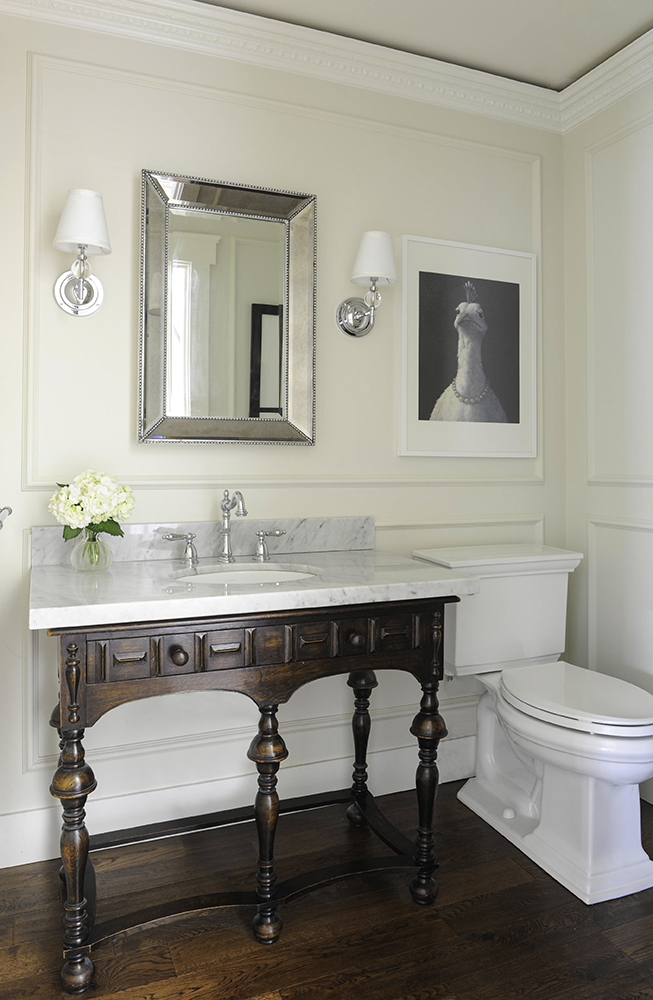
Avoiding Hardwood in Kitchens and Bathrooms
I often hear people claim that hardwood shouldn’t be used in kitchens or bathrooms, due to the exposure to water spills and other liquids. This isn’t always the case. Solid wood floors can cope with spills in kitchens and can be very resilient if treated properly and installed correctly. This is the same for bathrooms, but it’s even more key to ensure the hardwood is properly sealed and any spills are wiped up quickly.
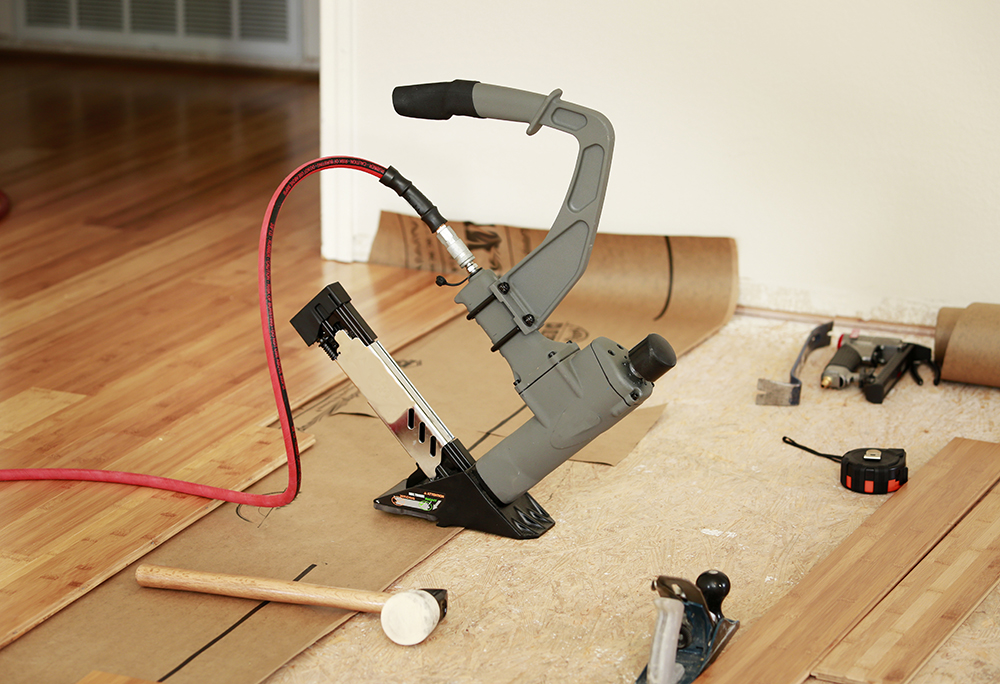
Using the Wrong Tools
Trying to make do with poorly maintained tools, or the incorrect ones, will not only make your job more difficult, but it could lead to wasted materials. If you don’t have the proper installation supplies, do your research and make it a priority. Trust me, it’ll be worth the money.
HGTV your inbox.
By clicking "SIGN UP” you agree to receive emails from HGTV and accept Corus' Terms of Use and Corus' Privacy Policy.




